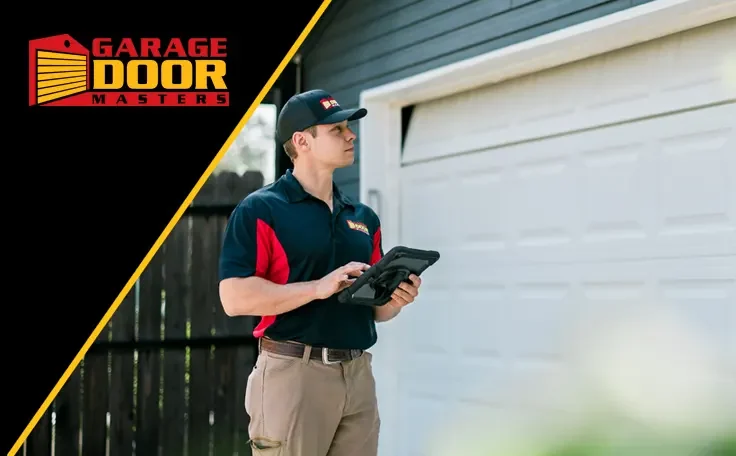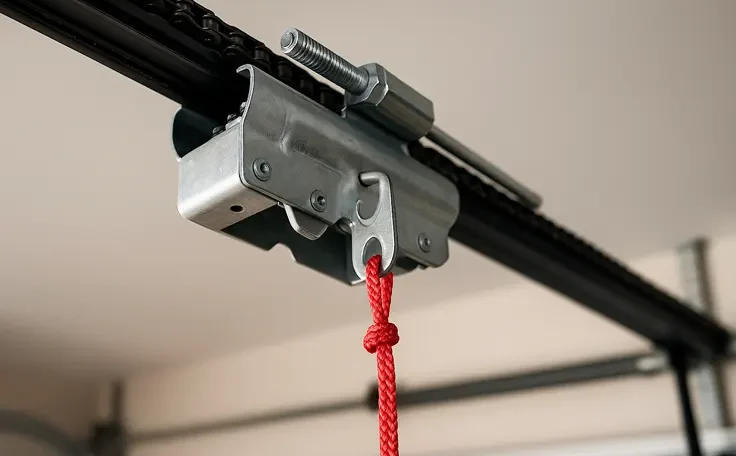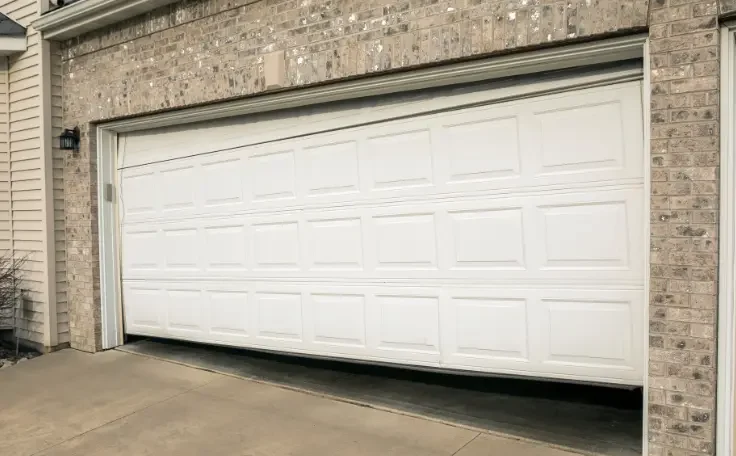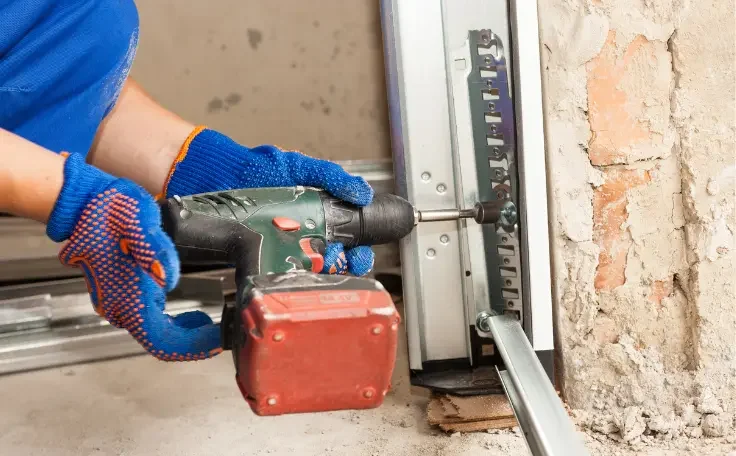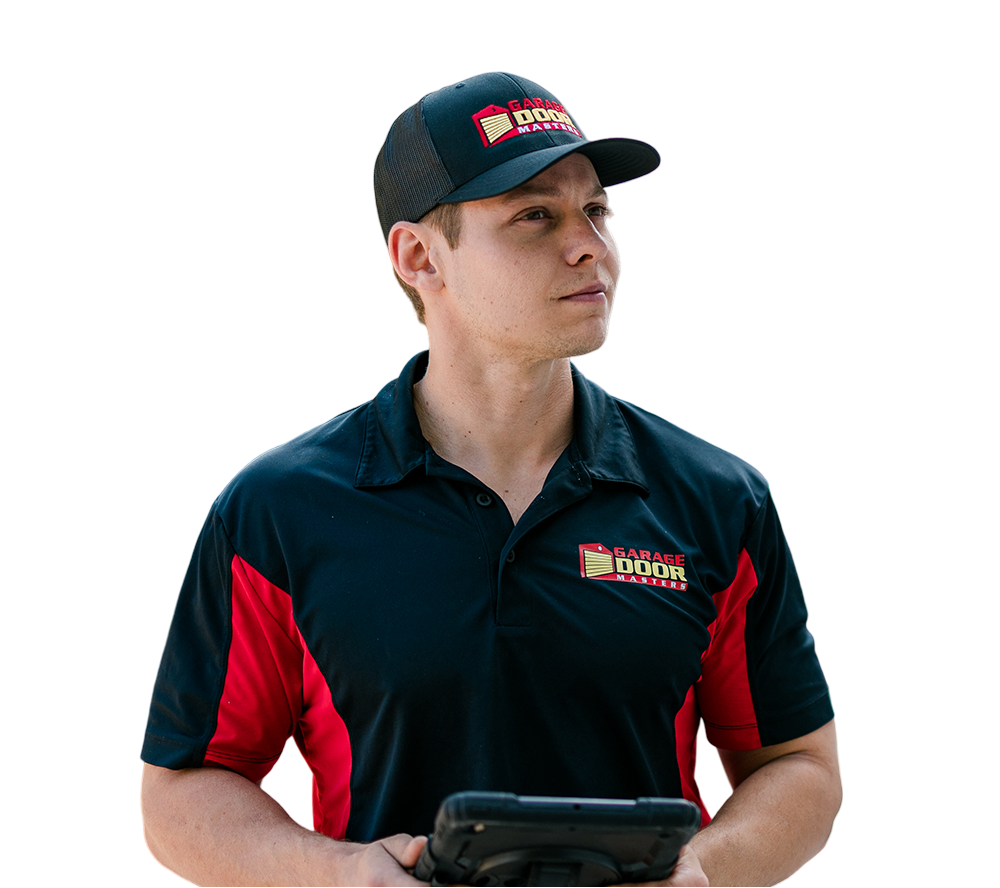You’re heading out for work, and your garage door won’t budge. Or it starts making awful grinding noises. Some problems can wait until next week, but others need attention right now. Knowing the difference between what makes an urgent garage door repair and what doesn’t could save you from a bigger headache and a bigger bill. Let’s discuss which issues need attention today and which ones can wait for a bit. Signs You Need Urgent Garage Door Repairs Your system talks to you through sounds and movements. A little squeak here and there might be normal, but loud banging or grinding means trouble. If your door stops halfway up or crashes down fast, don’t ignore it. These are red flags that something’s gone wrong. Watch for doors that shake or wobble when moving. This isn’t just annoying, it’s dangerous. If you spot frayed or loose cables, stop using the door immediately. These cables hold serious tension, and when they snap, bad things happen. One of the most common urgent garage door repairs involves these cables. Listen to what your system is telling you before minor issues become big problems. Broken Spring Repairs Can’t Wait Springs do all the heavy lifting when your door opens and closes. When one breaks, you’ll know it. Most people hear a loud bang that sounds like a firecracker. After that, your door becomes incredibly heavy or won’t move at all. Trying to force a door open with a broken spring is terrible. You could hurt yourself or damage other parts. These springs are under extreme tension; we’re talking hundreds of pounds of force. This is one of those urgent garage door repairs that needs a pro right away. Don’t try to be a hero with this one. Trust us on this. Why Garage Door Problems From Springs Are Dangerous Here’s the thing about springs: they’re wound super tight. When they let go, all that stored energy is released at once. That’s why you hear that loud pop. Working with them requires special tools and knowledge you probably don’t have. If you attempt to fix them yourself, you can risk serious injury. We’ve seen fingers crushed, faces hit, and worse. Plus, installing them incorrectly means they’ll break again soon. Getting urgent garage door repairs done by someone trained keeps everyone safe and gets you back in business quickly. Garage Door Opener Issues That Need Immediate Attention Your opener is the brain of the whole operation. When it starts acting weird, pay attention. If the motor runs but nothing moves, something’s disconnected or broken. Sparking, smoking, or burning smells from the unit mean you should unplug it immediately and call for help. Some opener problems are just annoying, like pressing the button three times. Others are scary, like when the door won’t reverse if something’s in the way. That safety feature keeps kids and pets from getting hurt. Test it monthly by putting something under the door. It should bounce right back up every single time. When Opener Repair Becomes an Emergency Not every opener glitch requires urgent garage door repairs. Dead batteries in your remote can wait. But certain situations demand immediate action. Here’s when you need to call right away: The door closes on objects without reversing. Smoke or burning smells come from the motor. The opener makes loud grinding or squealing noises. The door randomly opens or closes on its own. Wires are exposed or look damaged. That last one about a random opening is actually a security risk. You don’t want your door opening while you’re asleep or away. 24-Hour Emergency Garage Door Repair Services Near You https://youtube.com/shorts/fNw7GMoS53A?feature=shareMost companies offer after-hours help for real emergencies. Yes, it costs more than regular service, but sometimes you can’t wait. A door stuck open leaves your home vulnerable. A door stuck closed might trap your car inside when you need it most. Before calling, make sure it’s truly an emergency. If the door works manually and nobody’s in danger, morning might be fine. But if you’re dealing with security issues or safety hazards, make that call. Many companies can have someone there within an hour or two for urgent garage door repairs. Keep their number handy before trouble hits. Same-Day Garage Door Service vs. DIY Garage Door Fixes We get it, calling a pro costs money. But some fixes aren’t worth the risk of doing yourself. Springs, cables, and heavy panel replacements should always be handled by trained technicians. However, you may be able to handle simple stuff, like replacing weatherstripping or tightening loose bolts. When booking urgent garage door repairs, ask about the timing. Same-day service usually means they’ll arrive within a few hours. Fast service means they drop everything and come now. Know which one you actually need before paying that premium price. Being honest about urgency saves everyone time. Common Garage Door Panel and Installation Emergencies Damaged panels aren’t always urgent, but sometimes they are. A small dent from a basketball can wait. A panel that’s bent so badly the door won’t close or has sharp edges sticking out needs fixing, now. Safety comes first, always. New installation problems happen more often than you’d think. If your recently installed door isn’t working right, call the installer back immediately. Issues like improper balancing or incorrect spring tension only get worse with time. Don’t assume you need to live with it or fix it yourself. Getting Your Urgent Garage Door Repairs Done Right The key to handling urgent garage door repairs is knowing what’s truly urgent. Life-threatening situations, security risks, and major mechanical failures need immediate attention. Everything else can probably wait until regular business hours, when service costs less money. Keep a local company’s number handy before you need it. When trouble hits, you don’t want to be searching online frantically. Getting urgent garage door repairs scheduled quickly matters most during real emergencies. Regular maintenance also helps prevent many emergencies in the first place. A yearly checkup catches small problems before they become..
